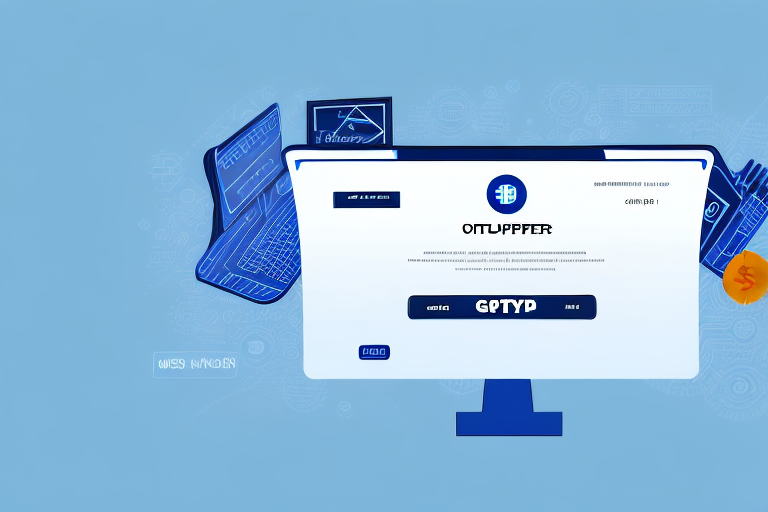Integrating Payment Gateways: A Comprehensive Guide
As an online business owner, integrating payment gateways is essential for providing your customers with a seamless and secure checkout experience. Payment gateway integration enables customers to make payments using debit or credit cards, PayPal, and other payment methods. This guide offers an in-depth look at the process of integrating payment gateways into your website, covering everything from understanding their importance to troubleshooting common issues.
Importance of Payment Gateway Integration
Building Customer Trust
Integrating reliable payment gateways establishes trust with your customers. According to a PwC report, 82% of consumers consider trustworthiness a key factor when shopping online. Displaying trusted payment options reassures customers about the security of their transactions.
Expanding Payment Options
Offering a variety of payment methods increases the likelihood of customers completing their purchases. Research from Statista indicates that 67% of consumers prefer having multiple payment options available, including credit cards, digital wallets, and alternative payment methods.
Streamlining Financial Management
Payment gateway integration allows for efficient tracking and reconciliation of transactions. This streamlined financial management helps businesses maintain accurate records, manage cash flow, and simplify accounting processes.
Types of Payment Gateways
Hosted Payment Gateways
Hosted payment gateways redirect customers to a payment page hosted by the gateway provider. This option is ideal for small businesses lacking the resources to develop and maintain their own payment systems. Additionally, hosted gateways handle security and compliance, reducing the burden on the business owner.
Integrated Payment Gateways
Integrated payment gateways allow customers to complete transactions directly on your website without being redirected elsewhere. This seamless experience can enhance user satisfaction and boost conversion rates. However, integrated gateways require more technical expertise to implement and maintain.
Selecting the Right Payment Gateway
Transaction Fees and Cost Structures
Payment gateways typically charge fees based on transaction volume and type. Some may have a flat fee per transaction, while others charge a percentage of each sale. Additionally, there may be setup fees, monthly fees, or costs for premium features. It's crucial to analyze your transaction patterns to choose a gateway that offers the most cost-effective solution for your business.
Security Standards and Compliance
Ensure that the payment gateway complies with industry security standards such as the Payment Card Industry Data Security Standard (PCI DSS). Compliance helps protect sensitive customer information and reduces the risk of data breaches.
Customer Support and Reliability
Reliable customer support is vital for resolving any issues that may arise during integration or operation. Opt for providers known for their responsive and knowledgeable support teams, as highlighted in reviews on platforms like G2 Crowd.
Steps to Integrate a Payment Gateway
1. Registering with a Payment Gateway Provider
The first step is to sign up with a reputable payment gateway provider. Provide necessary business information and bank details to set up your account. Carefully review the provider’s fee structure and terms of service to ensure they align with your business needs.
2. Choosing Between API and SDK Integration
There are two primary methods for integrating payment gateways:
- API Integration: Involves using code to connect your website directly to the payment gateway. This method offers greater customization and control over the payment process.
- SDK Integration: Utilizes pre-built code libraries provided by the payment gateway, simplifying the integration process. This approach is faster but may offer limited customization.
Choose the method that best suits your technical capabilities and business requirements.
3. Implementing the Integration
Based on your chosen integration method, follow the provider’s documentation to implement the payment gateway on your website. This may involve configuring API keys, setting up payment forms, and ensuring secure data transmission.
4. Testing the Integration
Before going live, thoroughly test the payment gateway to ensure all transactions are processed correctly. Use the provider’s sandbox environment to perform test transactions and validate the integration across different devices and browsers.
Ensuring Payment Security
Compliance with PCI DSS
Adhering to PCI DSS ensures that your payment processing meets stringent security standards. This compliance helps protect against data breaches and maintains customer trust.
Implementing SSL Encryption and Tokenization
Secure your website with SSL encryption to protect data transmitted between your site and your customers. Additionally, use tokenization to convert sensitive payment information into secure tokens, minimizing the risk of exposure.
Optimizing the Checkout Process
Streamlining Steps for Faster Checkout
A complicated checkout process can lead to cart abandonment. Simplify the checkout by minimizing the number of steps required to complete a purchase. Implement features like auto-fill for returning customers to expedite the process.
Displaying Trust Badges and Security Seals
Visible trust badges, such as those from Verified by Visa or Mastercard SecureCode, reassure customers about the safety of their transactions, increasing their confidence in completing the purchase.
Offering Multiple Payment Options
Provide a variety of payment methods to accommodate different customer preferences. Include options like credit/debit cards, digital wallets (e.g., Apple Pay, Google Pay), and alternative payment methods to cater to a broader audience.
Future Trends in Payment Gateway Integration
Mobile Payments and Digital Wallets
The rise of mobile commerce has increased the demand for mobile-optimized payment gateways. Digital wallets and contactless payment methods, such as Apple Pay and Google Pay, offer convenience and speed, catering to the growing number of mobile shoppers.
Blockchain Technology and Cryptocurrencies
Blockchain technology is transforming payment gateways by enhancing security, transparency, and transaction speed. Additionally, accepting cryptocurrencies like Bitcoin and Ethereum is becoming more common, providing an alternative payment option for tech-savvy customers.
Artificial Intelligence and Fraud Detection
Artificial Intelligence (AI) is being integrated into payment gateways to improve fraud detection and prevention. AI algorithms can analyze transaction patterns in real-time, identifying and mitigating fraudulent activities more effectively.
Conclusion
Integrating payment gateways is a critical component for online businesses aiming to provide a secure and efficient checkout experience. By understanding the different types of payment gateways, selecting the right provider, and ensuring robust security measures, businesses can enhance customer trust and increase conversion rates. Staying informed about future trends will also help businesses remain competitive in the evolving digital marketplace.






















